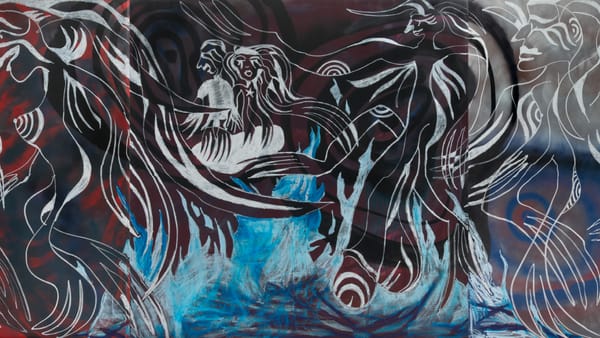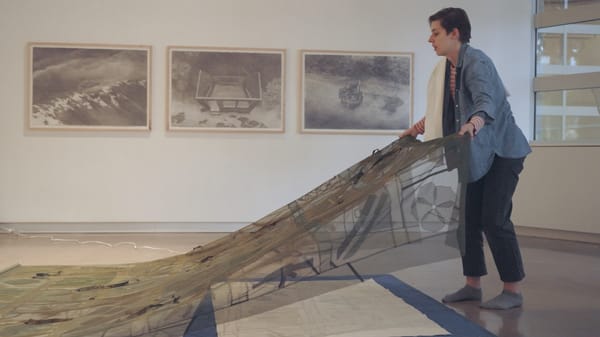The Rehearsal's the Thing: Anne Washburn's '10 out of 12’
10 out of 12, Anne Washburn's new play at SoHo Rep in New York, puts a new comic twist on the genre of backstage drama by focusing on one of theater's most boring tasks: the tech rehearsal.
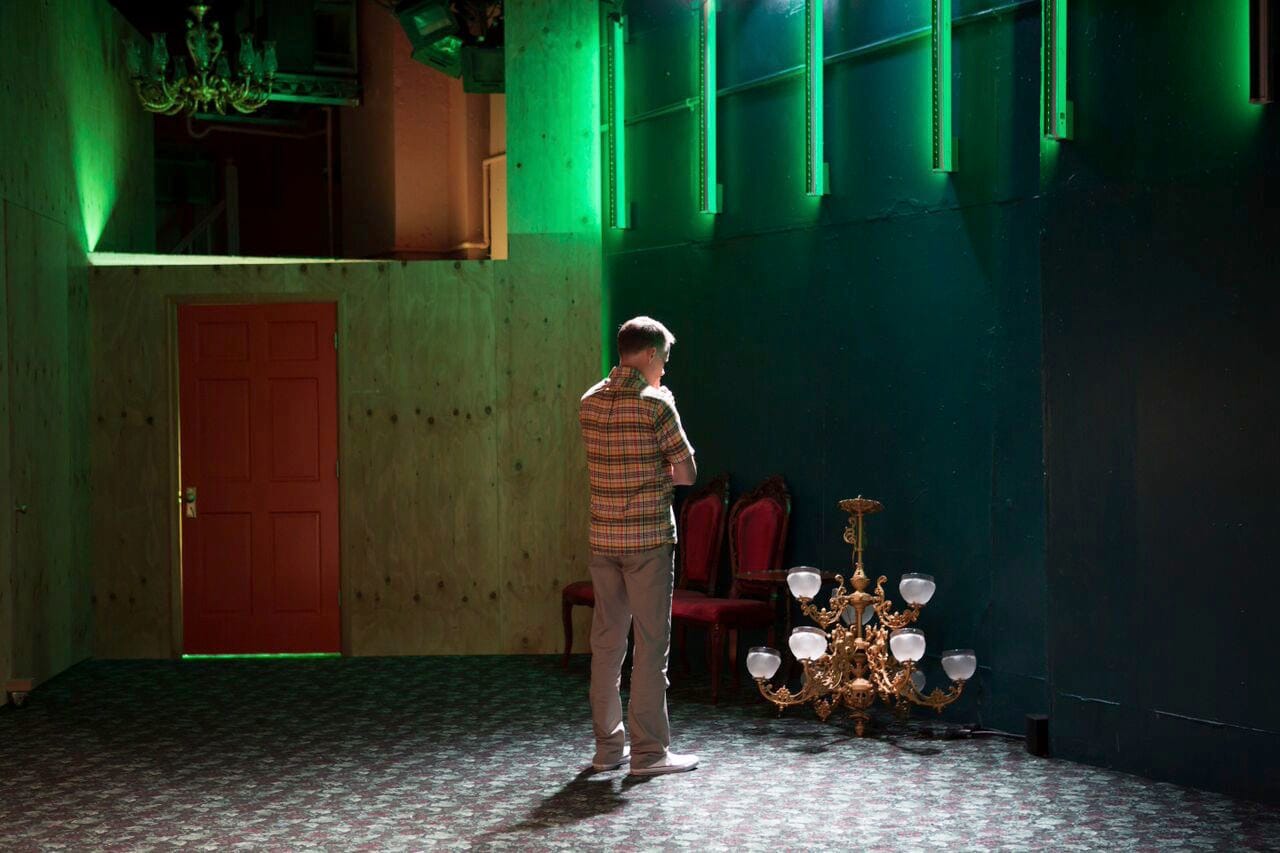
10 out of 12, Anne Washburn’s new play at SoHo Rep in New York, puts a new comic twist on the genre of backstage drama by focusing on one of theater’s most boring tasks: the tech rehearsal.
Tech rehearsal integrates a show into the infrastructure of the theater (lights, sound, set, blocking, transitions) to check whether everything works and fits. Participants worry that it will go on forever, as nerves fray and things inevitably go wrong, causing unexpected, lengthy, and indeterminate delays deep into the night. The actors are reduced to meat puppets, arbitrarily shoved around the stage. The play being tech’ed, in such circumstances, always seems horrible because it is performed only in fragments and the actors are instructed not to act, in order to husband their resources.
Mining the processes of theater for material is hardly novel. Recall the classic backstage drama All About Eve and the recent Academy Award winner Birdman. At the Wild Project in New York, Keith Hamilton Cobb recently drew on the specific audition experience of black actors in his American Moor. Annie Baker’s Obie-winning Circle Mirror Transformation consisted of acting exercises done by amateurs in a class, along with some of their off-stage encounters. Washburn stakes out the tech rehearsal as her territory, a hitherto unexplored subgenre of backstage drama as far as I know, and uses its technology to subtle effect.
Washburn’s play, drawn from tech rehearsals of her own shows and listening in on others, provides a fairly faithful reproduction of this ugly task. All of the action and dialogue, which are meant to appear spontaneous and random, are carefully set forth in the 142-page script. Her clever idea is to have the audience listen in on headsets, tuned to the same channel that the tech crew is using to talk to one another while the work continues. The crew’s dialogue is most often banal, mere time-wasting while waiting for an actor to be found or for a light to be refocused: a lot about snacking and coffee along with random, irrelevant topics.
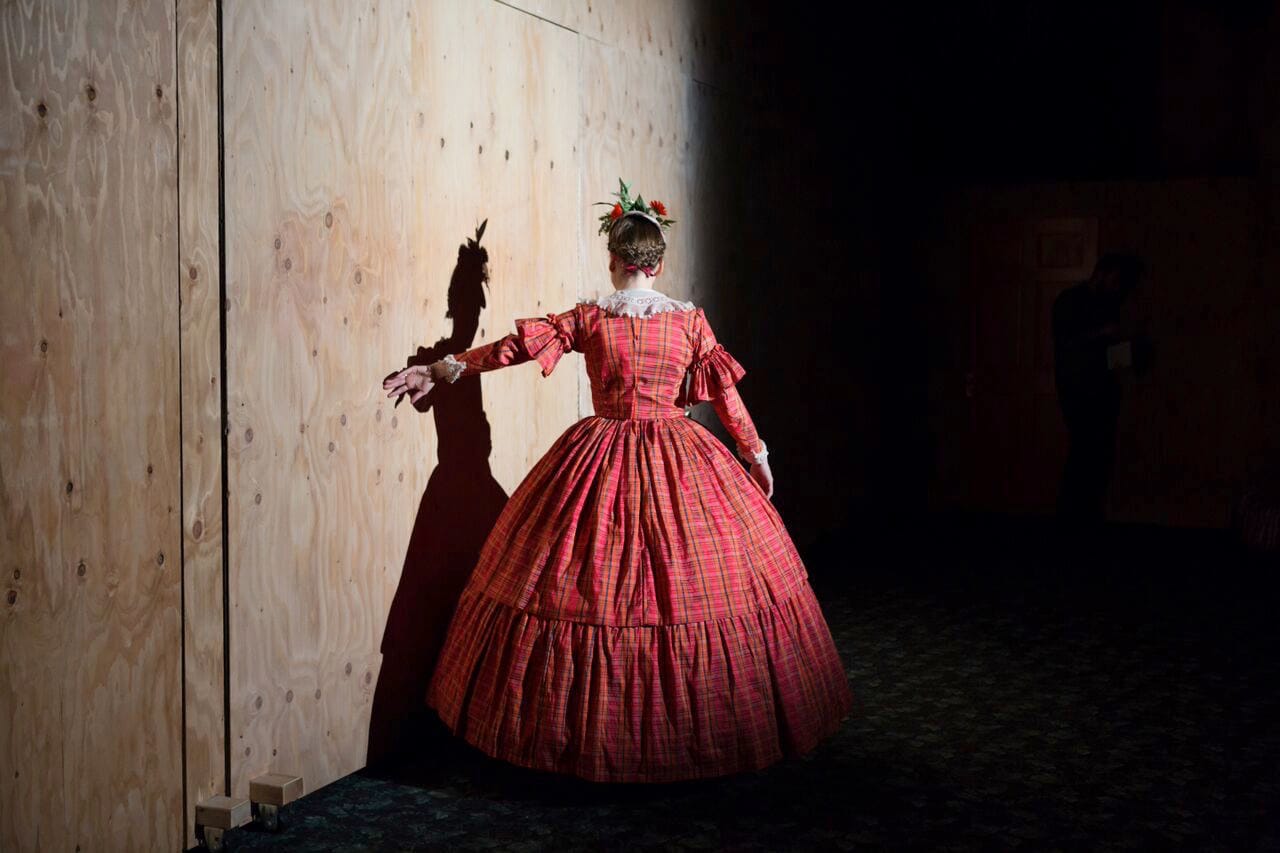
The charm of Washburn’s idea is the layering of experience that the audience’s headsets enable. Like the crew, we hear both the headset chatter and the live conversation in the room. But the characters of the cast, director, and assistant director are off-headset. The audience hears things that they do not. Sometimes the headset chatter overlaps unrelated live dialogue onstage or in the house, where some of the action naturally takes place. Some dialogue occurs with no character onstage or visible anywhere. This unusual sensory experience colors the perception of the text and is the most intriguing aspect of 10 of 12.
It’s not giving much away to say that nothing ever happens in this play. There are some momentary blow-ups at times that would otherwise correspond to obligatory plot points of complication and climax in a more narratively driven work. Thomas Jay Ryan excels as a legendary downtown actor in conflict with the stereotypical young Hollywood star (David Ross). Ryan reeks of self-righteousness, aptly expressed in his pompous denunciations. These emotional incidents take place amid proceedings that are completely disconnected: sound track tests; lighting changes; unrelated personal conversations among the actors. Late in the rehearsal, Nina Hellman and Gibson Frazier sit numbly on stage with the convincingly blank look of actors who, though at the end of their wits, are still trying to be good members of the team.
Washburn, whose work has been widely produced, is a member of the playwriting and production group 13P, whose members have all enjoyed considerable success. In 10 out of 12, she overcomes the danger that her play will be just as boring as the material it’s derived from. She works enough light comedy into the script to move the play along. It is boring, to be sure, but there are laughs enough. One is increasingly grateful not to be watching the actual show, and some of the humor flows from that dawning awareness, as a few scraps of telling dialogue are enacted. There is one simple special effect involving skeletal hands that is both very funny and particularly indicative of what a mess the tech’ed show could be. Other jokes rely on pop references, like eating Funyuns. Some of the comedy comes from the consistent boredom and aimlessness.
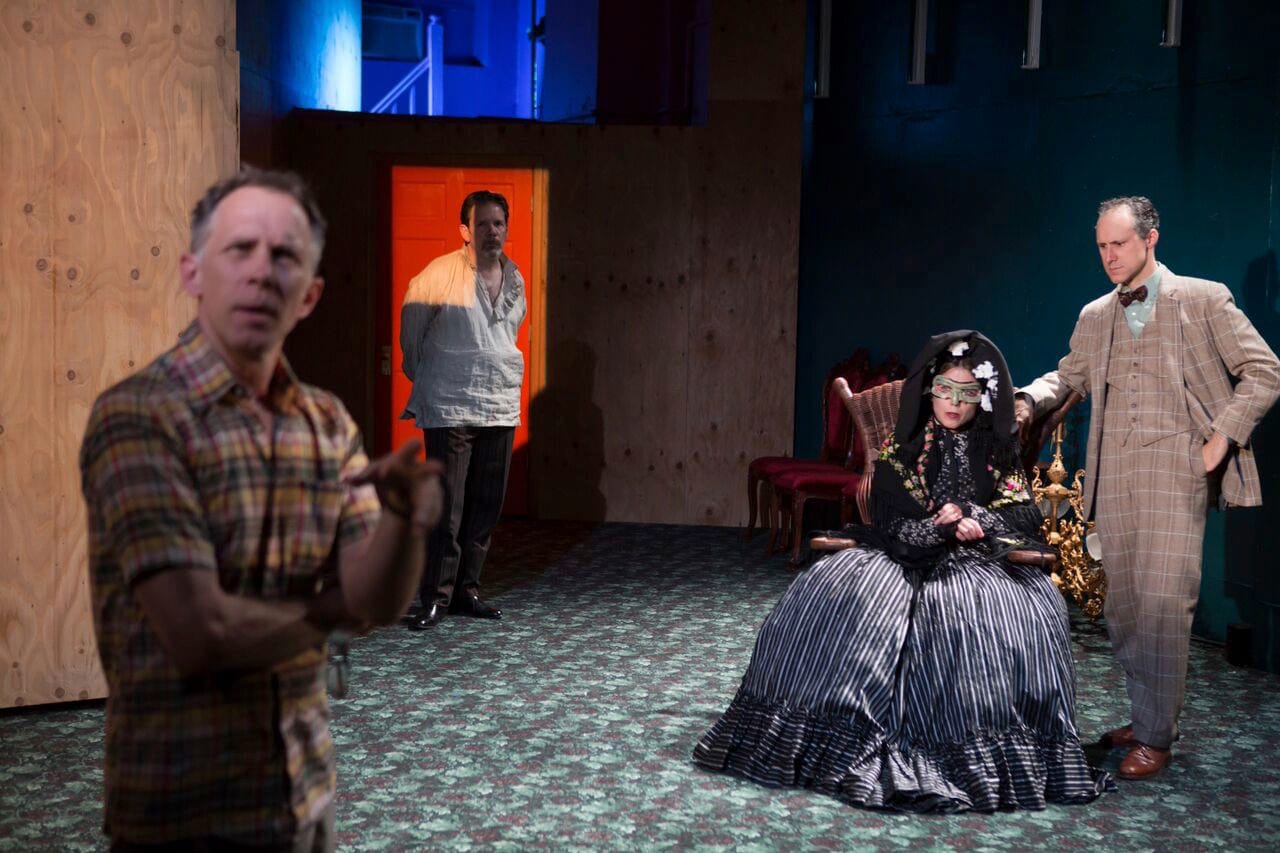
There’s no mistaking 10 out of 12 for a live tech rehearsal. The show, directed by Les Waters, comes off as, well, rehearsed theater, which is nothing against the very fine cast or the direction, but perhaps a consequence of being theater. It should feel fresher, more like the weird spontaneity of the exchanges that inspired the play. It could also have some greater ambition. Despite the strength of the underlying concept, the play’s interests run no deeper than a Funyun. It rides comfortably on the surface of its idea, and in no perceptible way seizes the opportunity to provoke reflection about theater as an art form.
Nor does it comment on theater as an unwieldy and, in today’s world, economically dicey medium due to its high personnel costs, here on display as the usually invisible workers come out of the darkness to occupy center stage, as it were. Washburn chooses well in making backstage drama out of the tech rehearsal and using its technology in an original and interesting way, but she misses the opportunity to probe her medium and the working conditions and hierarchies of theater production, a potentially provocative paradigm for the division of labor and monetary rewards in an increasingly polarized society.
10 out of 12 continues at SoHo Rep (46 Walker Street, Tribeca, Manhattan) through July 28.

